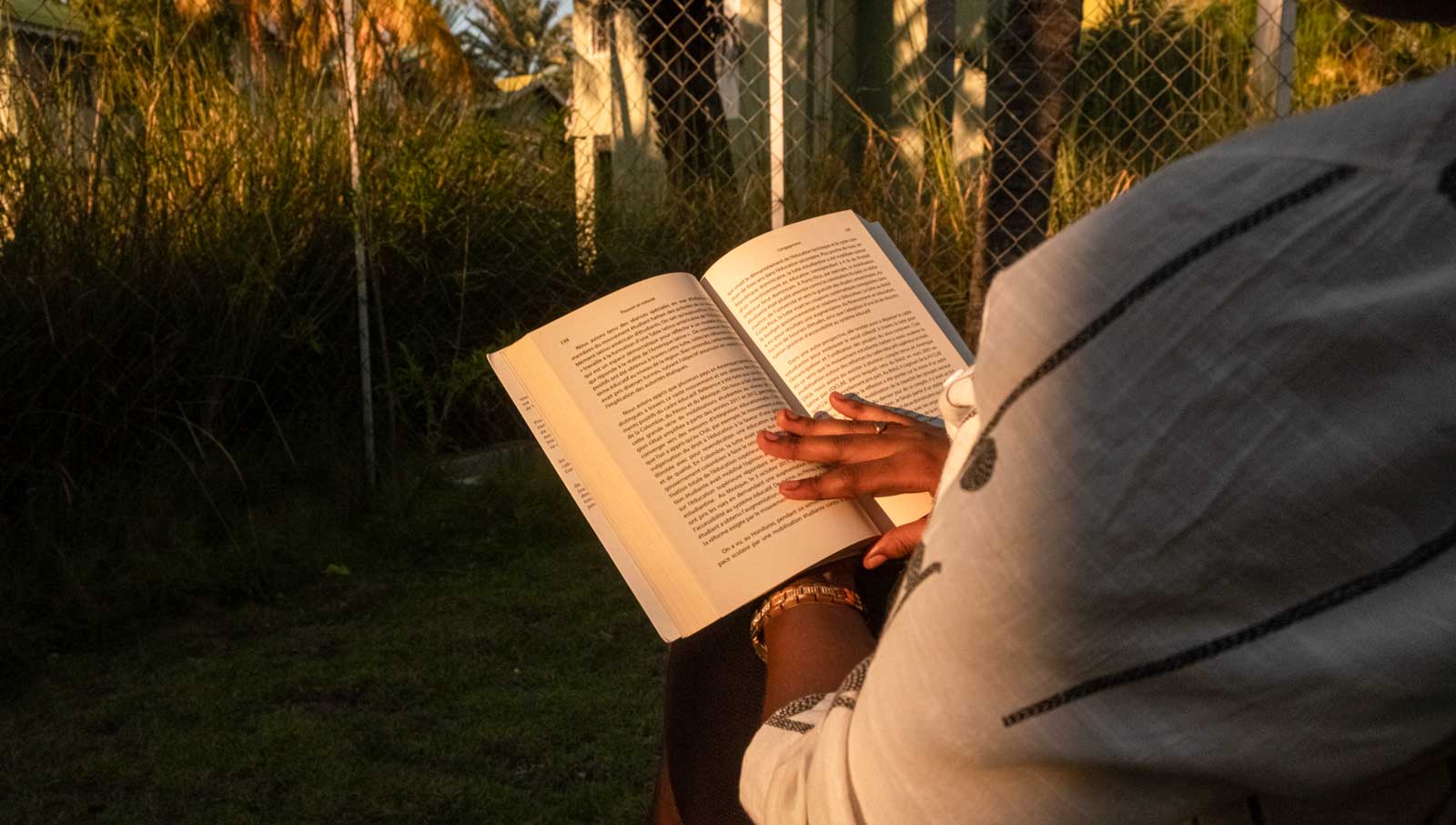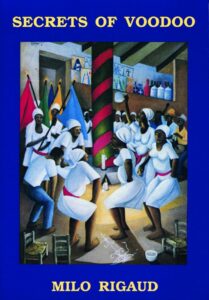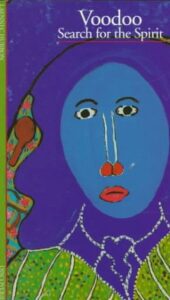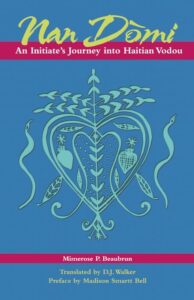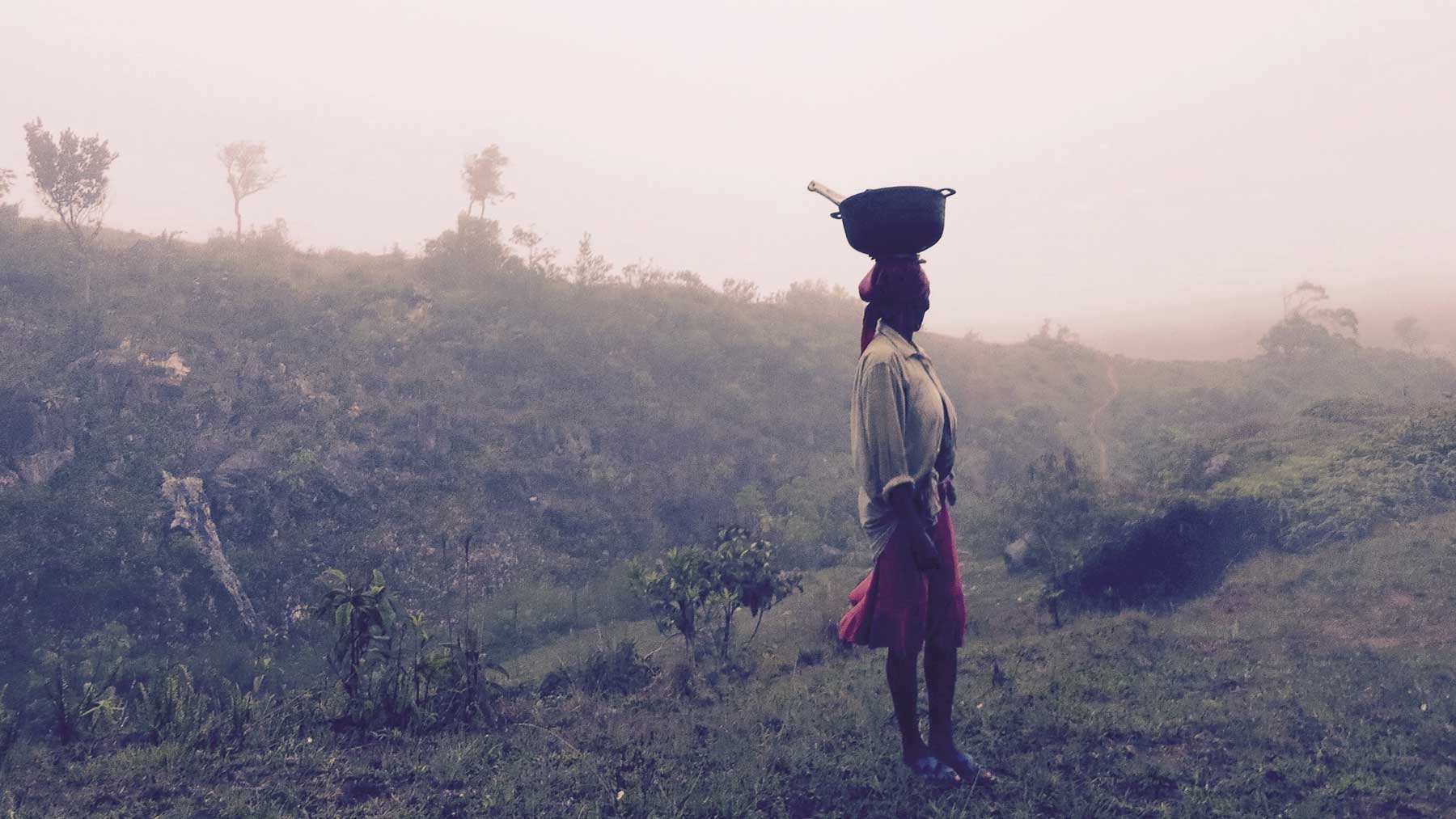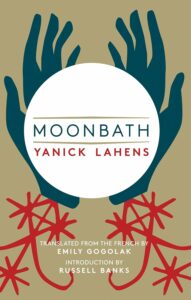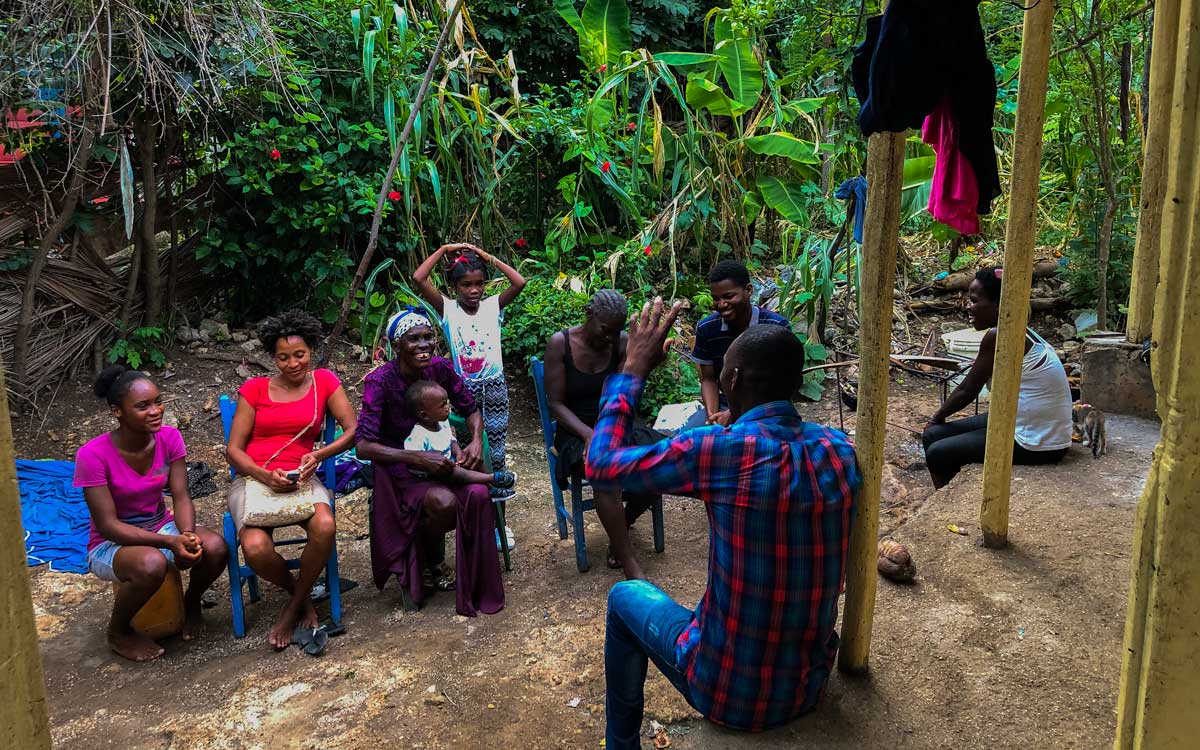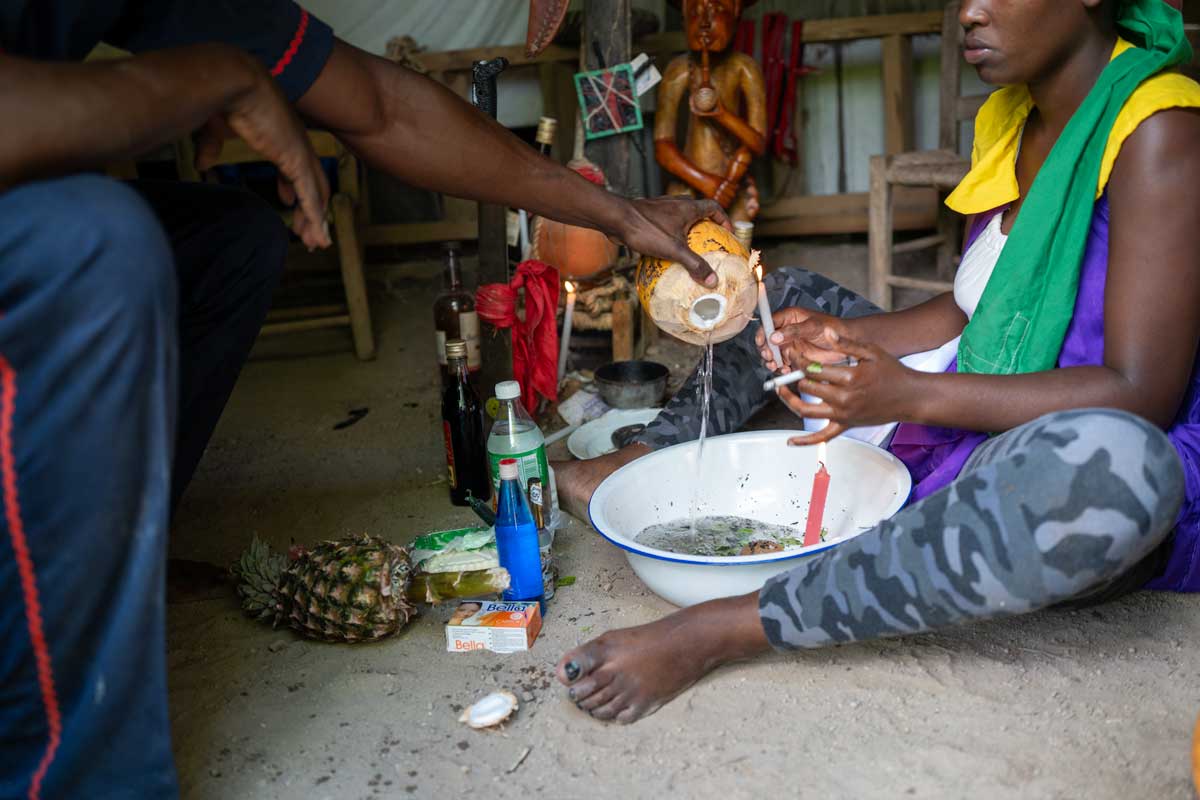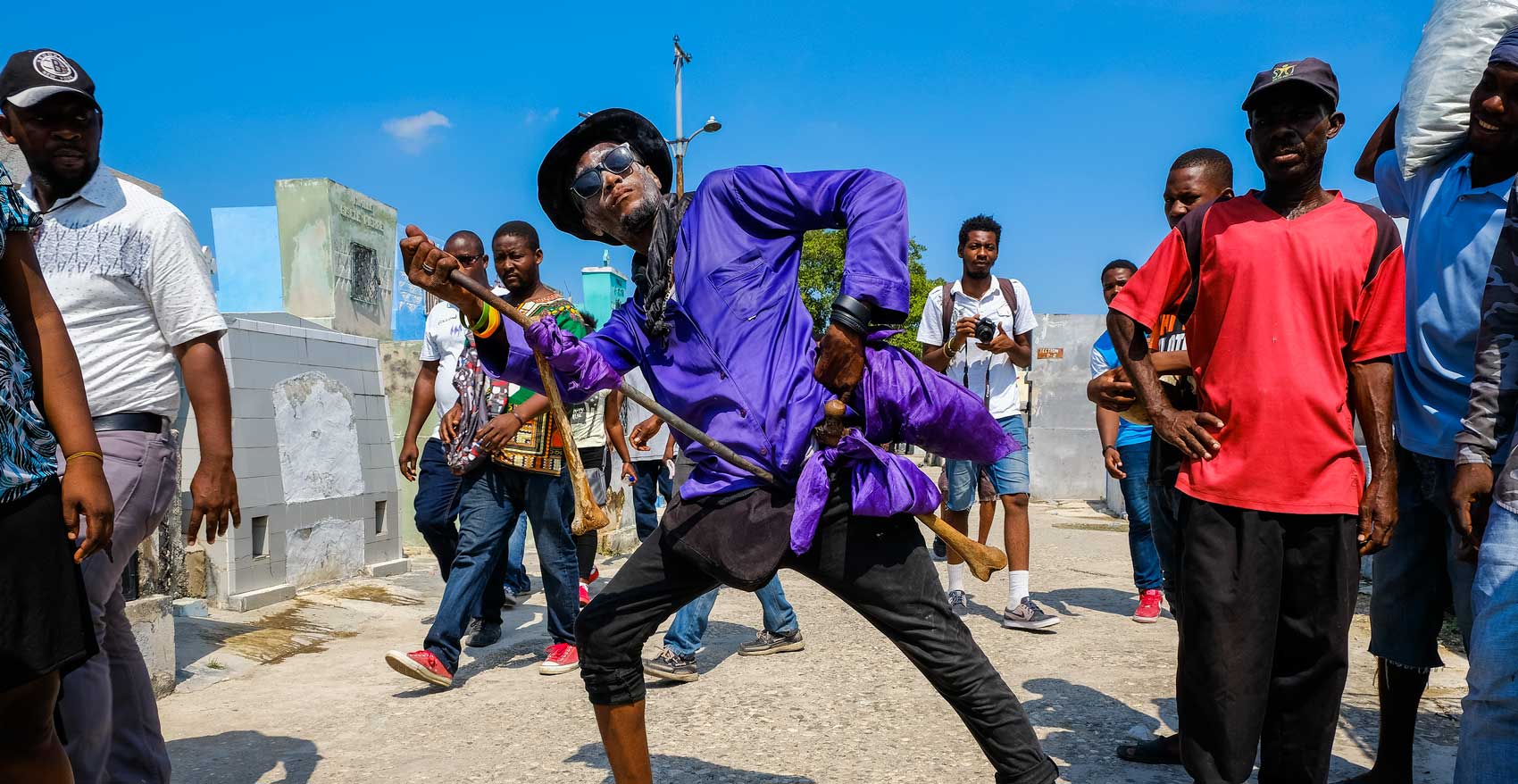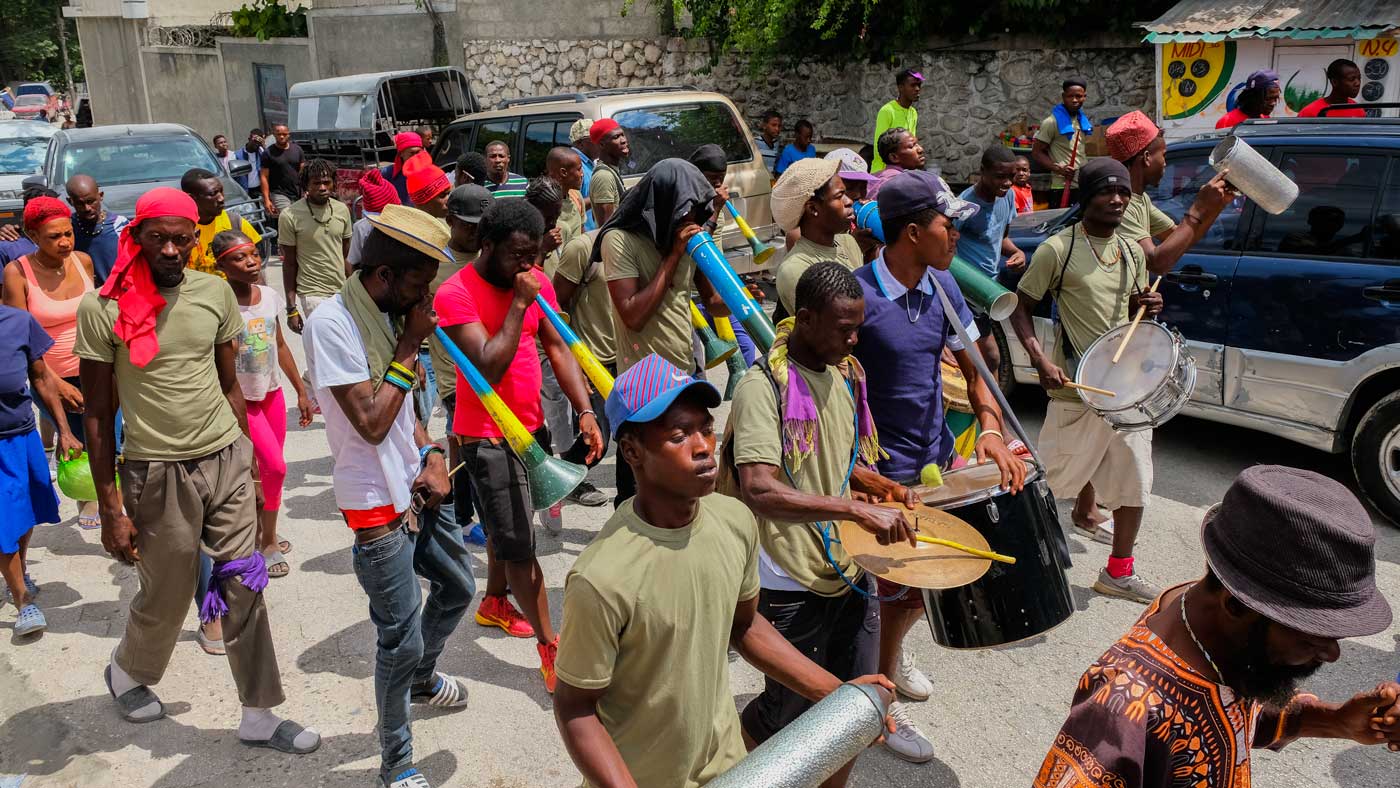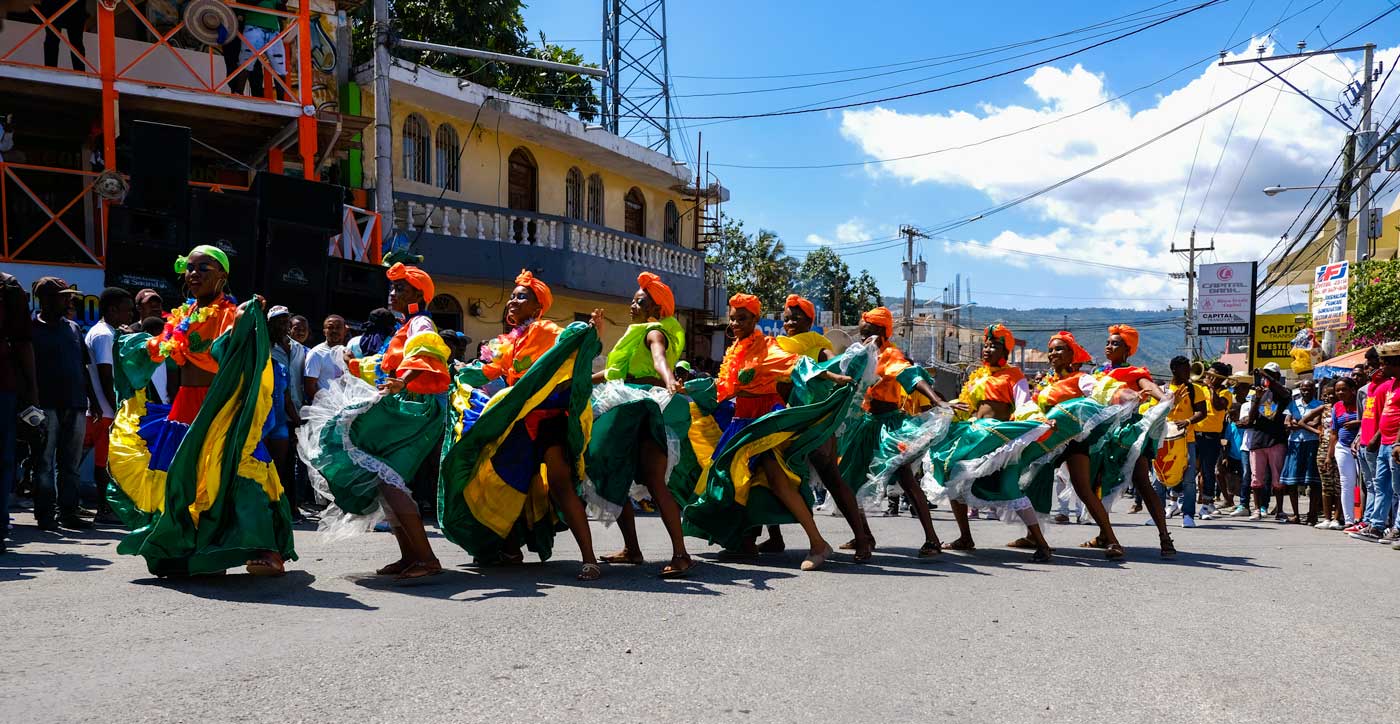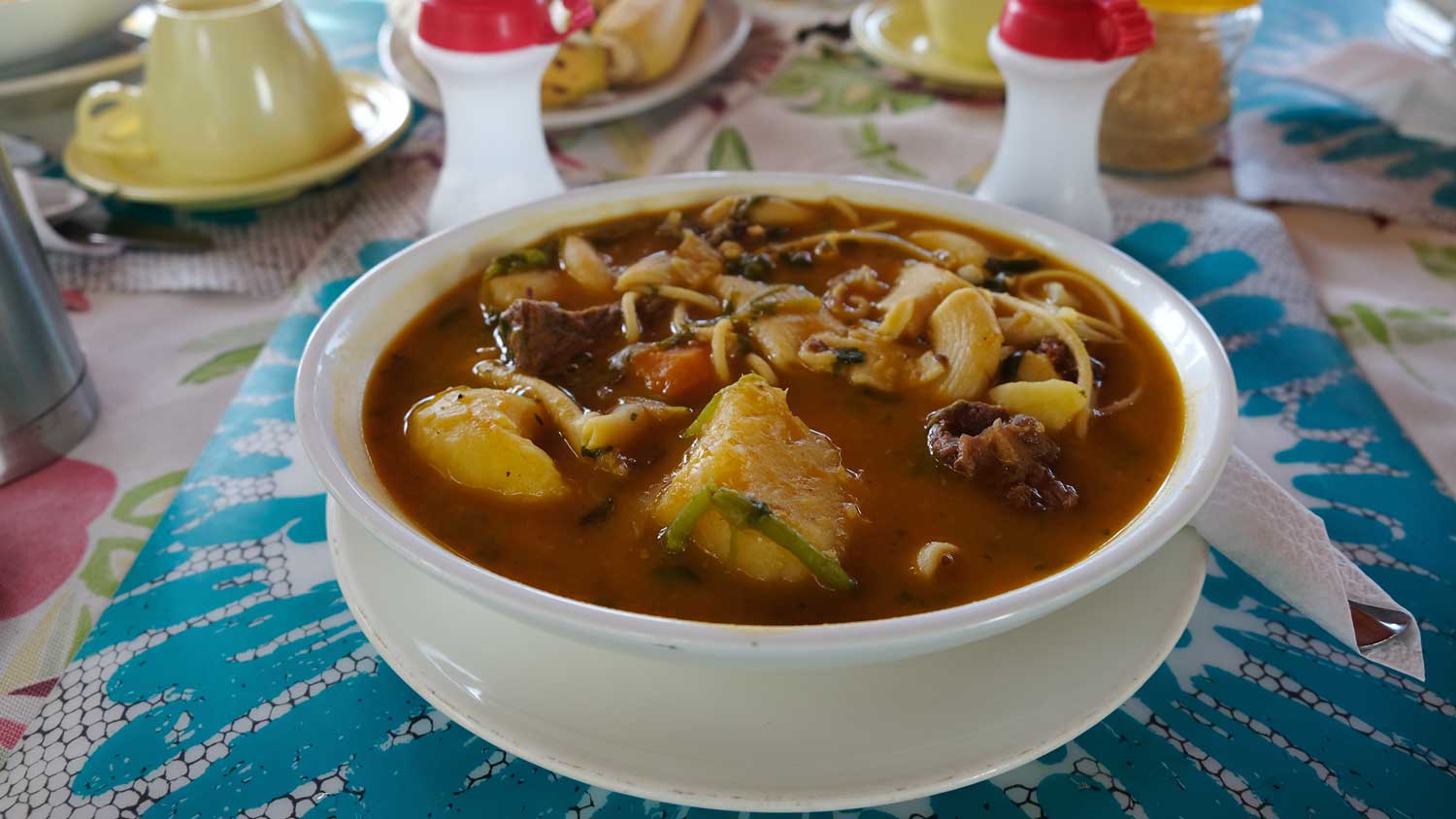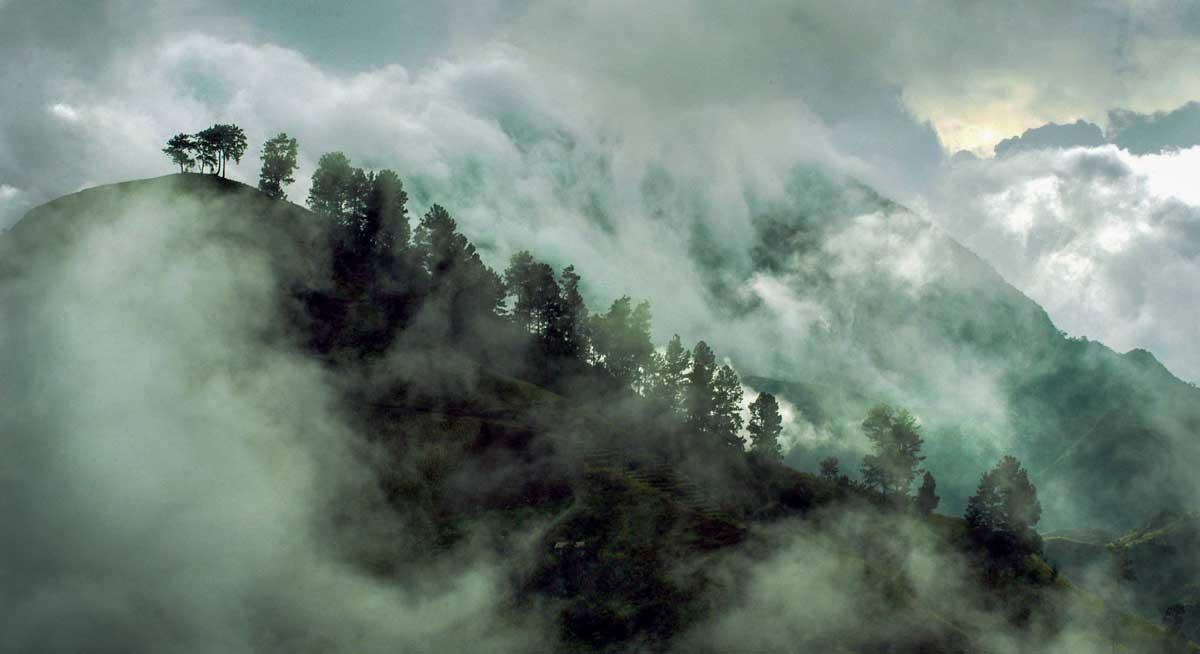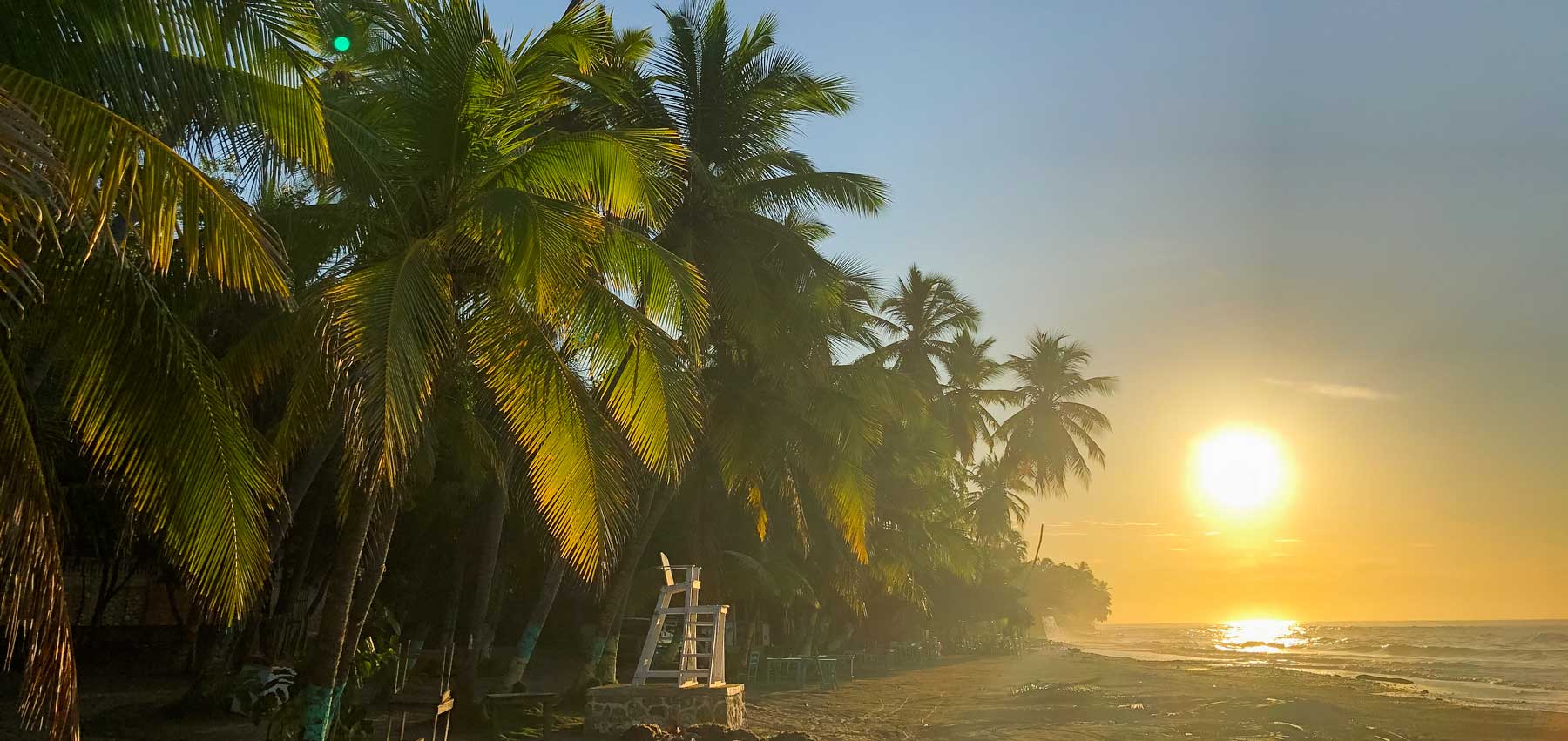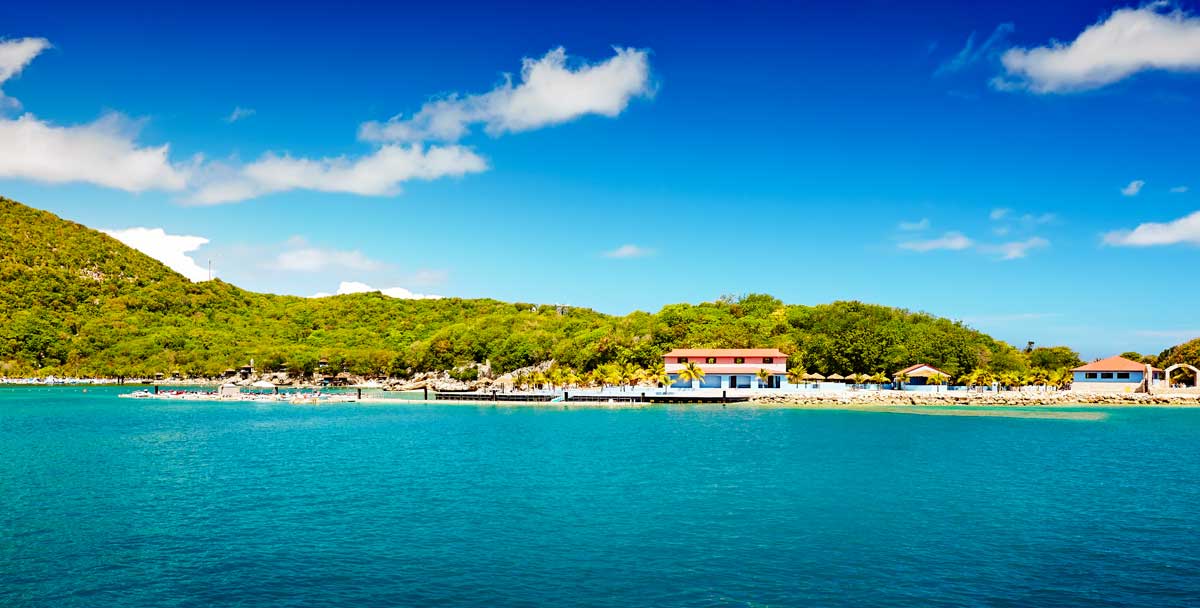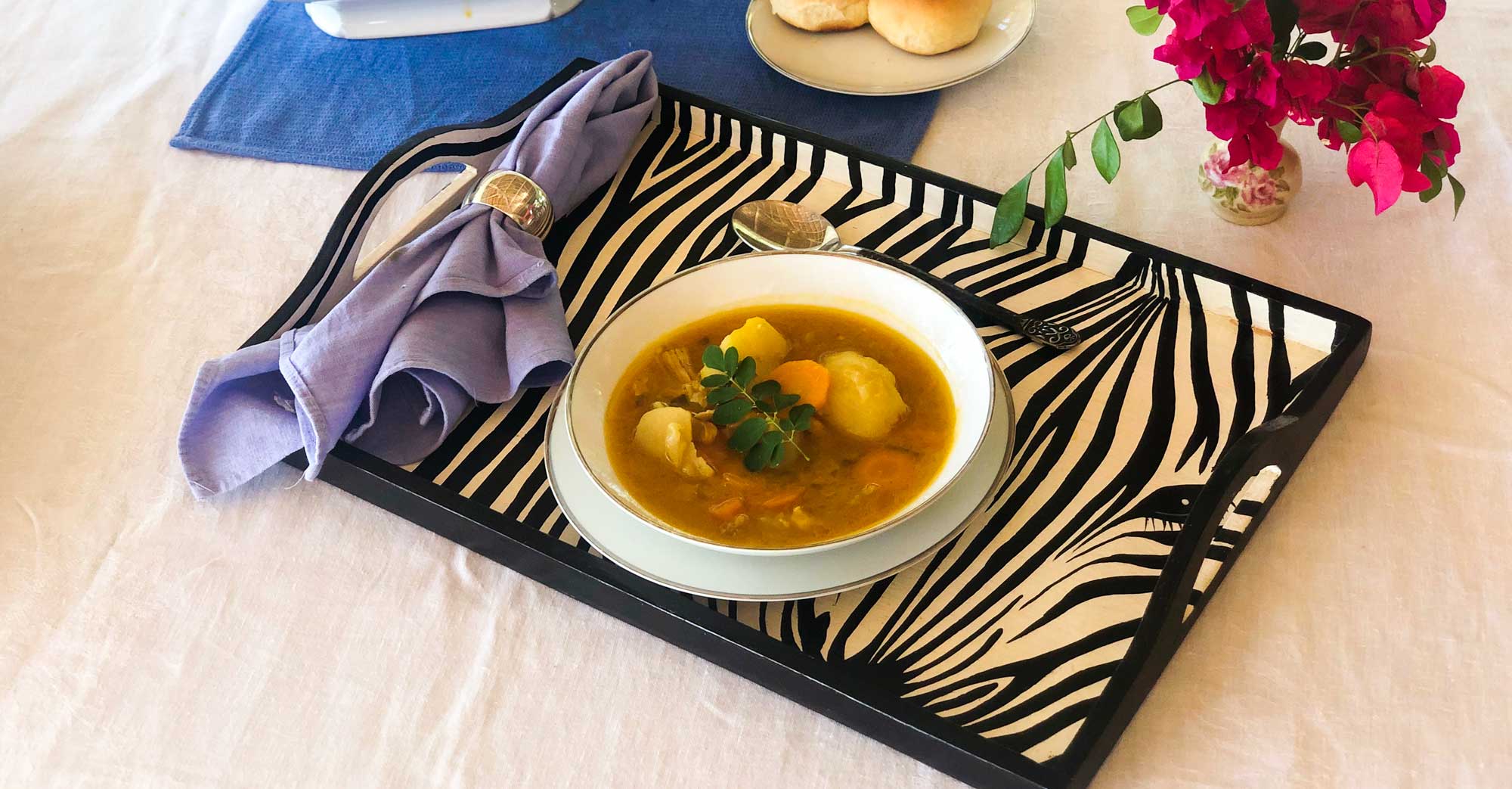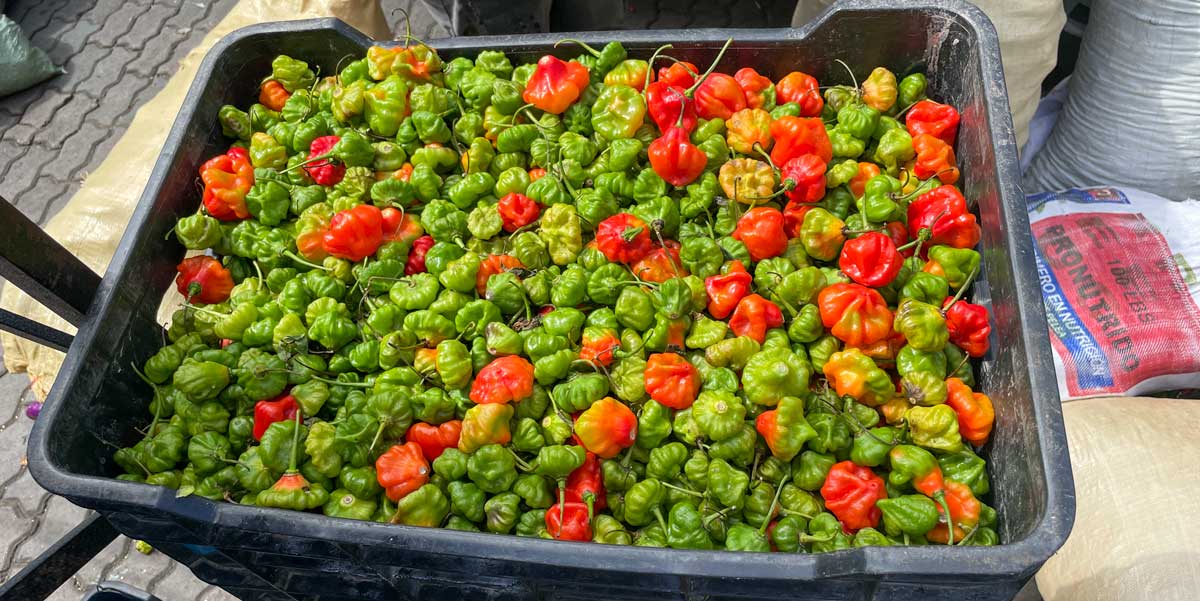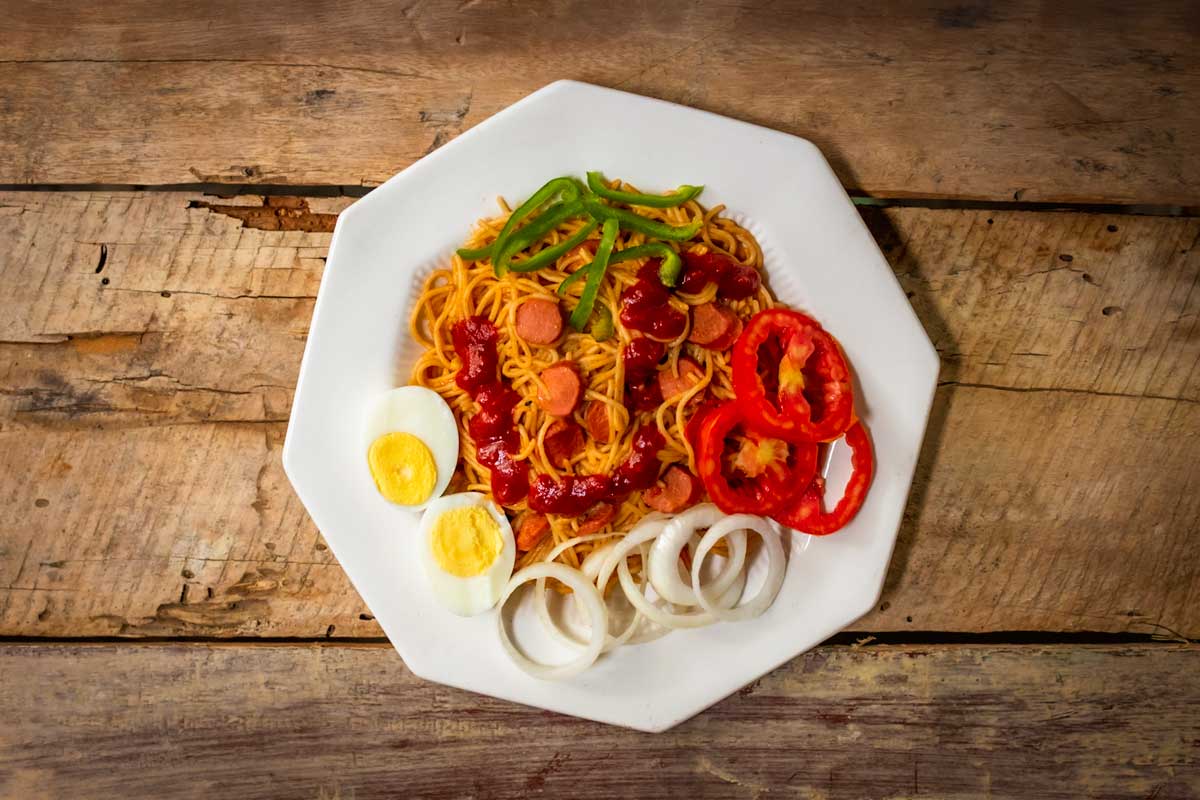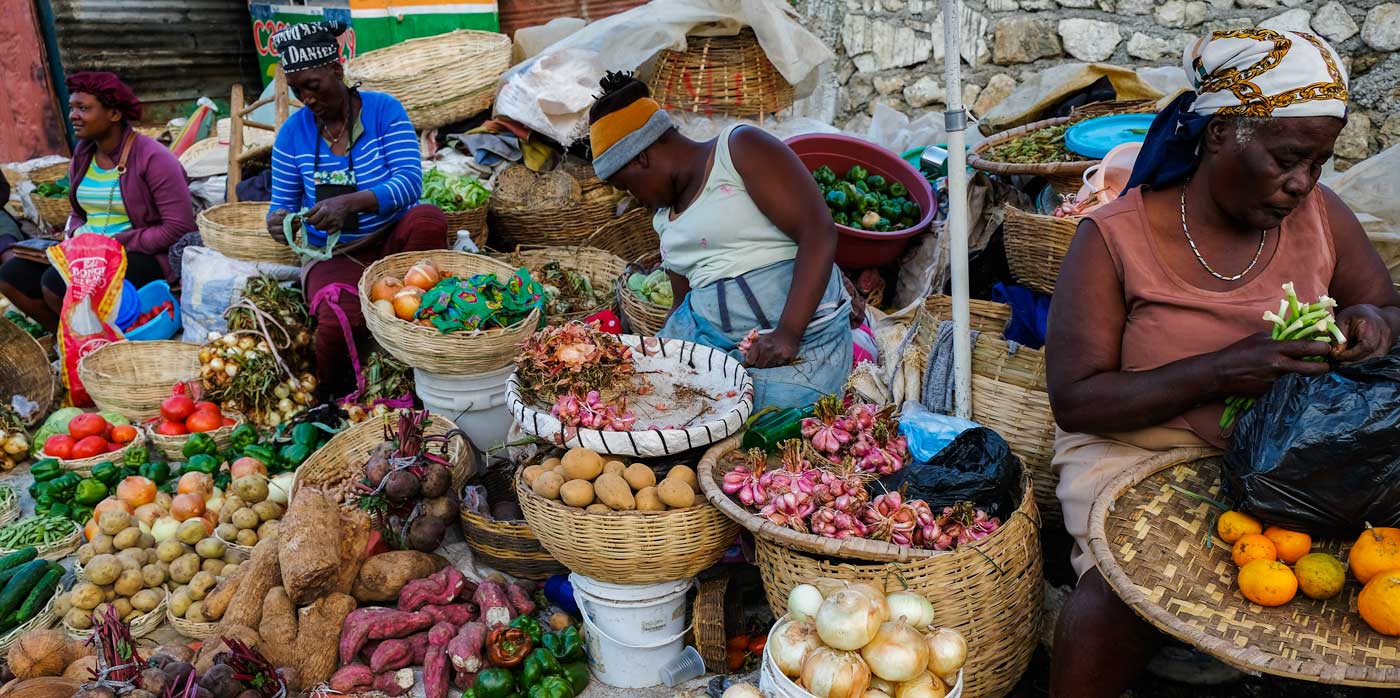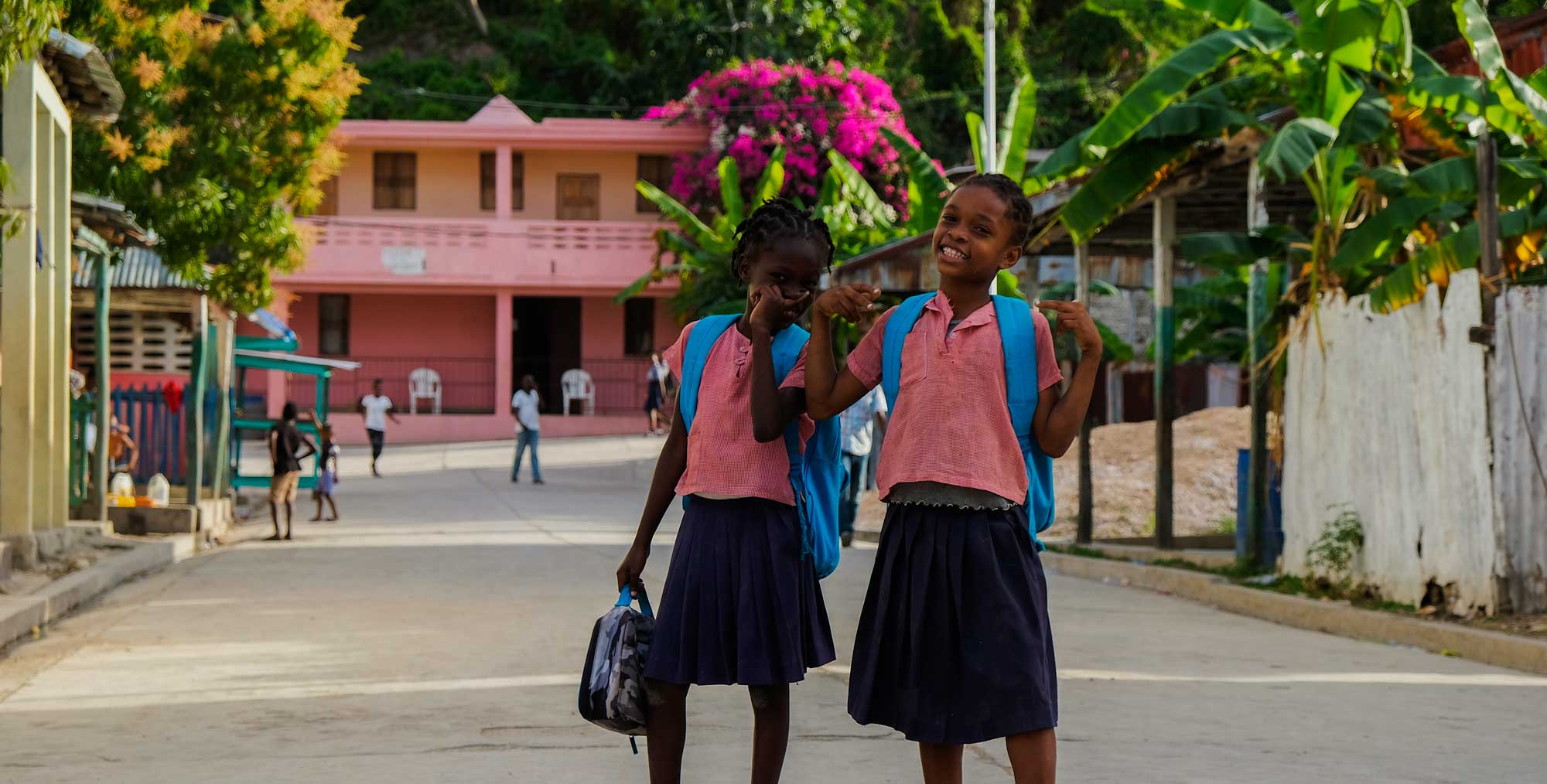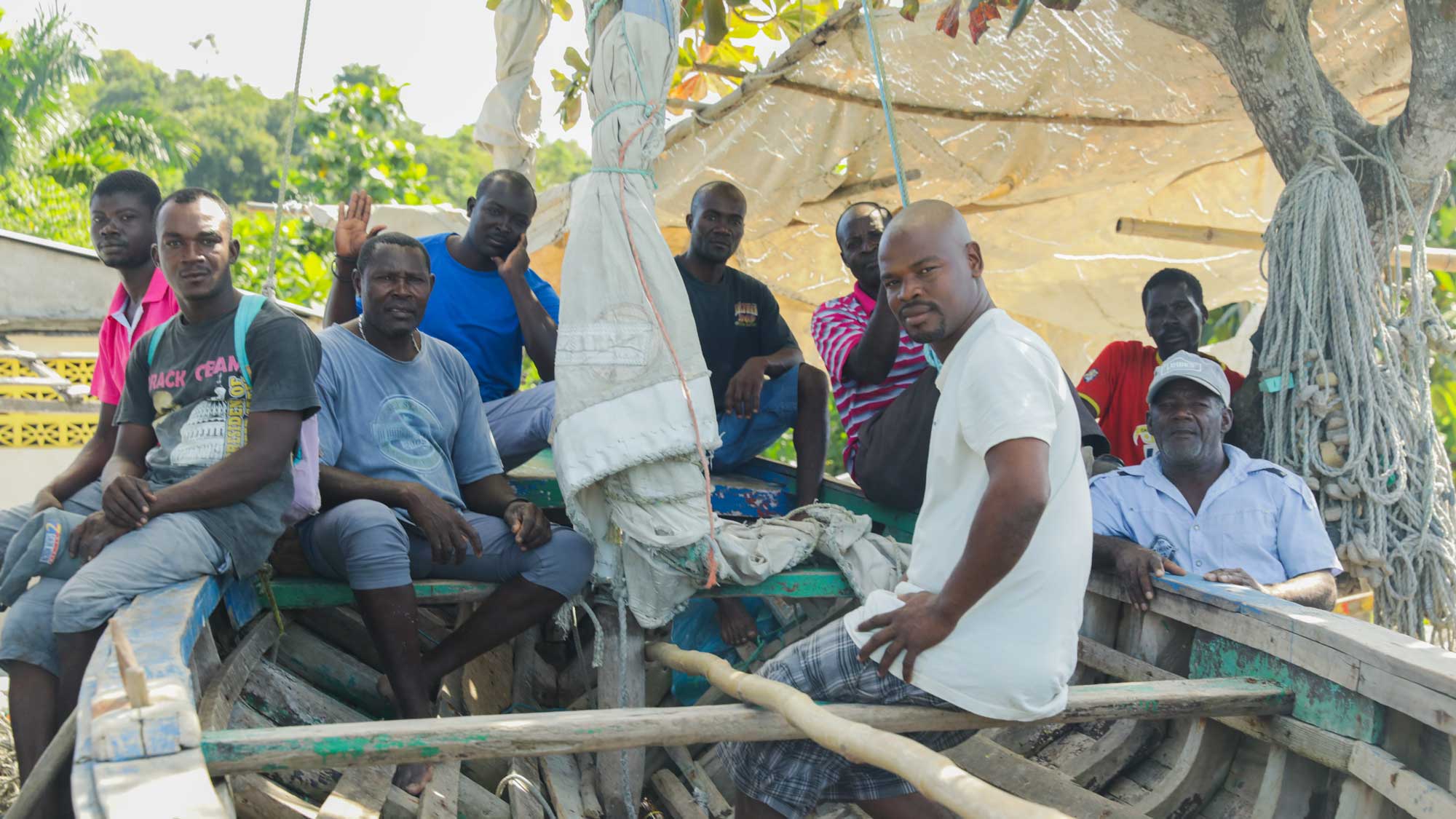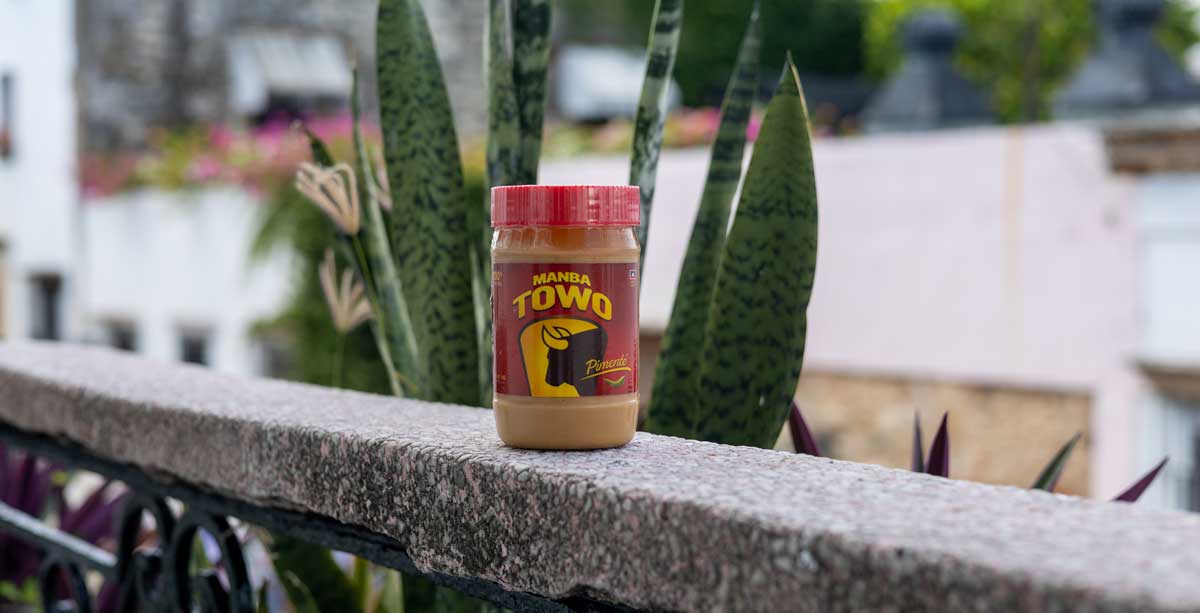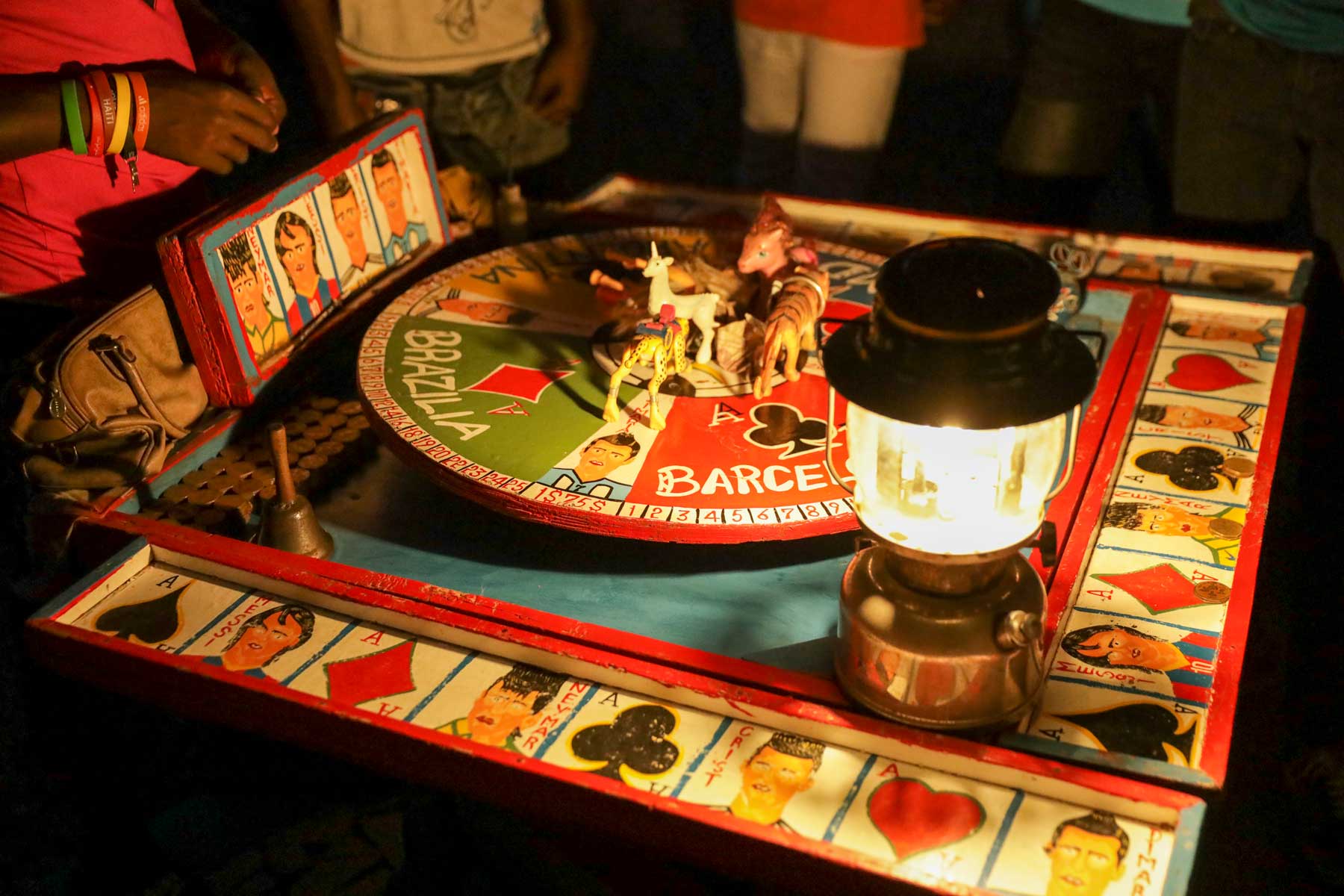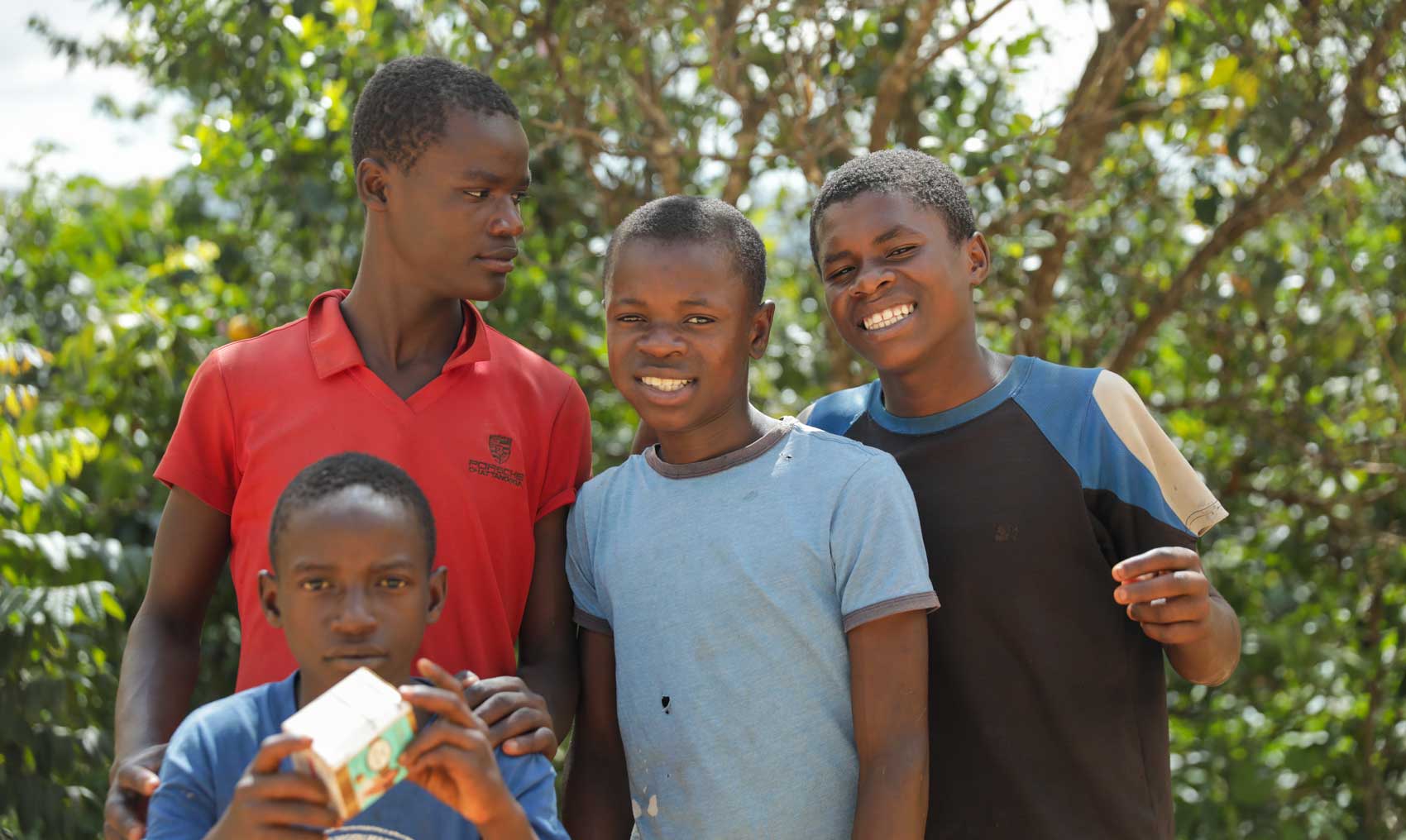
Photo: Mikkel Ulriksen
Haitian Words & Phrases That Will Make You Sound Like a Local
Want to sound like a local or impress your Haitian friends? Read this guide to the essential Haitian Creole slang words and phrases!
Did you know that Haitian Creole is the most spoken Creole language in the world? This lyrical language, rich in cultural and historical significance, stands as one of the two official languages of Haiti, alongside French.
Imagine traveling to Haiti, relaxing on some of the Caribbean’s best beaches, munching on fresh and flavorful seafood, and being surrounded by the melodic rhythms of Creole. But there’s a challenge: amidst the pristine beaches and lively streets, you find yourself lost in a sea of unfamiliar words, feeling like an outsider.
What if we told you that you could blend in like a local, converse effortlessly, and even impress your translator? We’ve prepared something special for you – an easy-to-learn list of some of the most common Haitian slang words and phrases. These aren’t just words; they’re a bridge to forming deep connections with Haitian culture and its people. Considering that over 15 million people worldwide speak Haitian Creole, these phrases might also come in handy even beyond Haiti’s borders.
Keep reading to unlock these fun Haitian expressions, and get ready to wow the locals with your newfound linguistic flair!
1. Chawa pete
This expression, which has gained popularity recently, is predominantly used by the youth. You’ll frequently encounter it at after-parties or various celebrations across Haiti. Essentially, it signifies that the party is going to be fantastic – expect an extraordinary surge of enjoyment, or it might even imply that things have spiraled into wild, uncontrolled fun. So, the next time you’re at a party that’s brimming with energy, try dropping this phrase. It’s bound to make an impression.
2. Mawozo
What do you call men who don’t know how to handle women in your language? In Haitian Creole, we use the word “mawozo.” However, this term has broader applications than just this context. It also refers to someone whose style of dressing deviates from the typical fashion norms of the country or, more generally, to individuals displaying odd and abrupt behavior that tends to alarm or intimidate others, especially women.
3. Nan zil tik
The Turks Islands, more commonly known in English as the Turks and Caicos, is an archipelago of 40 islands in the Atlantic Ocean and a member of the Commonwealth. Geographically situated in the Caribbean and north of Haiti, these islands embody what Haitians imagine as the very edge of the world. So, in Creole, to say that one is going to or returning from the Turks Islands indicates that one is traveling to or coming back from a very distant place.
4. Bwòdè
You already know the term for men who struggle with interacting with women, so what do we call someone who’s the exact opposite – a person brimming with confidence and adept at handling the opposite sex? The Haitian Creole word for such a person is “bwòdè.” Originating from the English word “brother,” a bwòdè is a master of fashion, skilled in the art of conversation, and radiates self-assurance. Remember, if you’re planning a trip to Haiti, aim for a bwòdè style in your wardrobe – in Haiti, fashion is considered an art form.
5. N ap boule & N ap kenbe
“N’ap boule,” literally translating to “we are burning,” and “n ap kenbe,” meaning “we are holding on,” are interchangeable phrases in Haitian Creole, both signifying “it’s okay” or “I’m doing well.” Haitian Creole is renowned for its poetic flair, often utilizing stylistic devices like metaphors to articulate thoughts and feelings. Admittedly, there’s a certain charm in saying “we are burning under the hot sun but holding on regardless,” compared to a simple “it’s okay,” wouldn’t you agree?
6. Pa gen pwoblèm
“There’s no problem.” This expression is a common one you’ll often hear in Haiti, or even when you’re around Haitians abroad. If this phrase were a condiment, it would be an onion because it’s found in all the sauces of Haitian Creole. You can even use it as a substitute for “you’re welcome,” an expression that doesn’t have a direct equivalent in Haitian Creole.
7. Lè ti poul fè dan
This phrase in Haitian Creole is particularly accessible to French speakers as it directly mirrors the French saying, “quand les poules auront des dents” meaning “when chickens have teeth.” It humorously alludes to a highly improbable future or a scenario that’s unlikely to ever materialize. For instance, you might jokingly remark that you’ll stop exploring Haitian culture “lè ti poul fè dan,” emphasizing the unlikelihood of ever giving up such an endeavor.
8. Je chèch
“Je chèch” translates to “dry eyes” in English. This Creole expression, which refers to insincere or crocodile tears shed to elicit empathy, actually describes someone who is fearless and capable of handling any situation with composure and resolve.
9. Soumoun
In Haitian culture, as in many others, people who pry into others’ business are often frowned upon. To describe such nosy individuals, Haitians use the term “soumoun,” a versatile word that can function as a noun, a verb, or an adjective. So now you know what to call someone who habitually meddles in your affairs uninvited.
10. Bourik tomazo
While we’re on the subject of Haitian words for those we are not fond of, it’s worth mentioning that the Creole language also has unique phrases for our beloved ones. A notable expression among these is “bourik tomazo,” which translates to “donkeys of Tomazo town.” This endearing term is used to describe people who share an inseparable bond, always seen together and known for their deep friendship. It also refers to people with similar appearance or behavior and often react similarly in various situations.
11. Tèt chaje
Among the many expressions in Haitian Creole relating to the head, “Tèt chaje” is particularly widespread. Translating to “heavy head” or “loaded head,” this phrase draws its imagery from street vendors who traditionally carry goods on their heads. It’s versatile in usage, commonly employed to convey feelings of frustration or surprise. So, when you find yourself at a loss for words due to shocking news or an unexpected event, “Tèt chaje” is the quintessential Haitian exclamation to express your state of astonishment or dismay.
12. Soup endepandans
Last but not least, the term “soup endepandans” (independence soup) has gained popularity in recent years, referring to soup joumou, Haiti’s national dish. This pumpkin soup, enriched with meat and pasta, is a culinary staple served nationwide every January 1st to celebrate the Declaration of Independence. It ranks among the top 5 must-try foods for anyone visiting Haiti. And for vegetarians, there’s a meat-free version of this iconic dish.
Now that you have stocked up on Haitian Creole slang words and phrases, when are you planning your visit to Haiti to put them into practice?
Written by Melissa Beralus.
Published December 2023.
Get to Know Haiti a Little Better

Paradise for your inbox
Your monthly ticket to Haiti awaits! Get first-hand travel tips, the latest news, and inspiring stories delivered straight to your inbox—no spam, just paradise.







